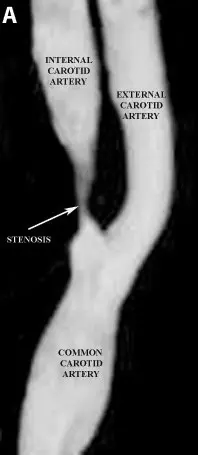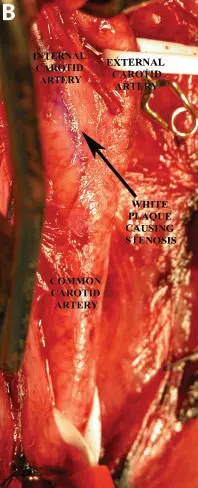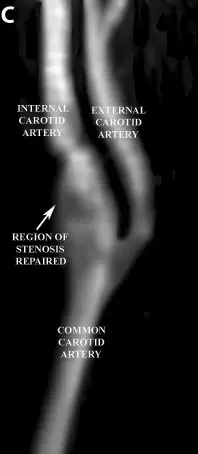What Causes Carotid Artery Disease?
Most carotid artery disease arises from atherosclerosis. Atherosclerosis describes a condition where fatty deposits develop in the walls of the arteries resulting in the formation of plaques that narrow the blood vessel. In addition to narrowing the blood vessel, these plaques may cause the formation of blood clots inside the blood vessel that can latter travel to the brain and cause a stroke. Occasionally the plaque may fragment releasing small particles of fatty material into the blood potentially causing a stroke.
Atherosclerosis is a complex process that is influenced by a patient’s genetics and overall health. Patients with a family history of atherosclerosis are at an increased risk of stroke. Smoking, high blood pressure, high cholesterol and diabetes are all associated with an increased risk of atherosclerosis.
How is Carotid Artery Disease Diagnosed?
Carotid artery disease is usually discovered following a stroke. A stroke may result in a variety of symptoms ranging from weakness or paralysis affecting the arm and/or leg, confusion, slurred speech or difficulty speaking and even transient loss of vision in one eye (amaurosis fugax). A variety of techniques are used to study the carotid arteries to determine if narrowing of the artery from atherosclerotic plaque formation contributed to the stroke. An ultrasound study of the carotid arteries called a carotid duplex is a great non-invasive tool used to diagnose carotid artery disease. Non-invasive angiography using an MRI or CT scanner is also a great tool to evaluate carotid artery disease.
How is Carotid Artery Disease Treated?
Neurosurgeons can play an important role in preventing strokes from occurring. About 15 percent of strokes are caused by small particles (emboli) that come from a narrowing of the internal carotid artery in the neck. When a significant narrowing is detected, a neurosurgeon can perform a carotid endarterectomy to remove the blockage and source of the emboli. Several prospective randomized clinical trials have shown that in properly selected patients, this procedure can significantly reduce the incidence of stroke better than medication alone.
In patients who may not be able to tolerate an open surgical procedure, an neurointerventional specialist can often place a stent across the blockage to open it up. In patients with a complete occlusion of the internal carotid artery who may be at risk for stroke due to low blood flow, a neurosurgeon can perform an extracranial-intracranial bypass to restore cerebral blood flow.
A) Pre-operative MR Angiogram of the carotid artery demonstrating a severe stenosis of the internal carotid artery.
B) Intra-operative photo showing white plaque causing stenosis of the internal carotid artery
C) Post-operative MR angiogram demonstrating the surgical repair of the stenotic region of the internal carotid artery







